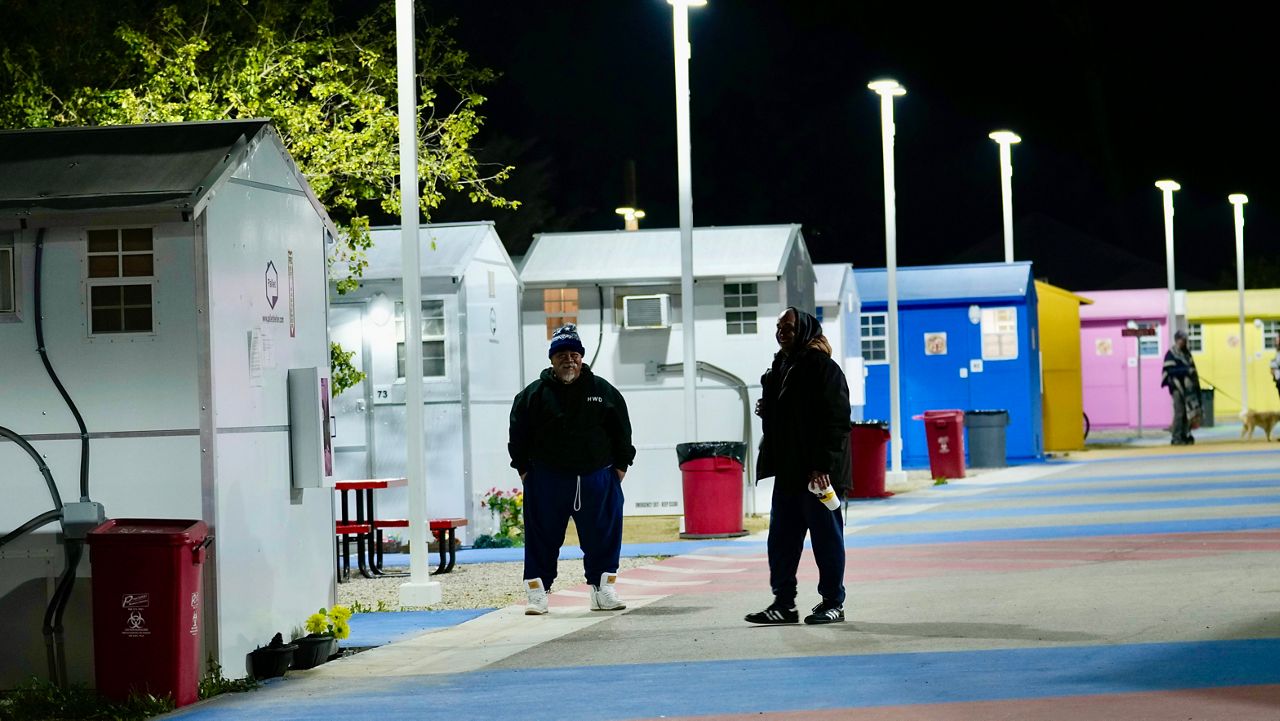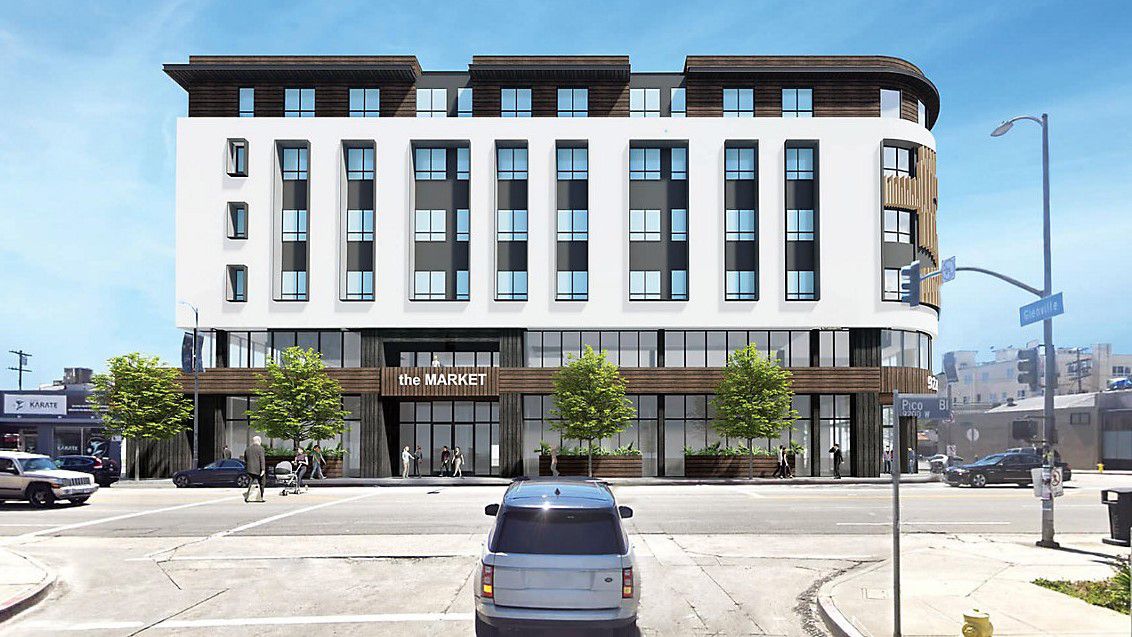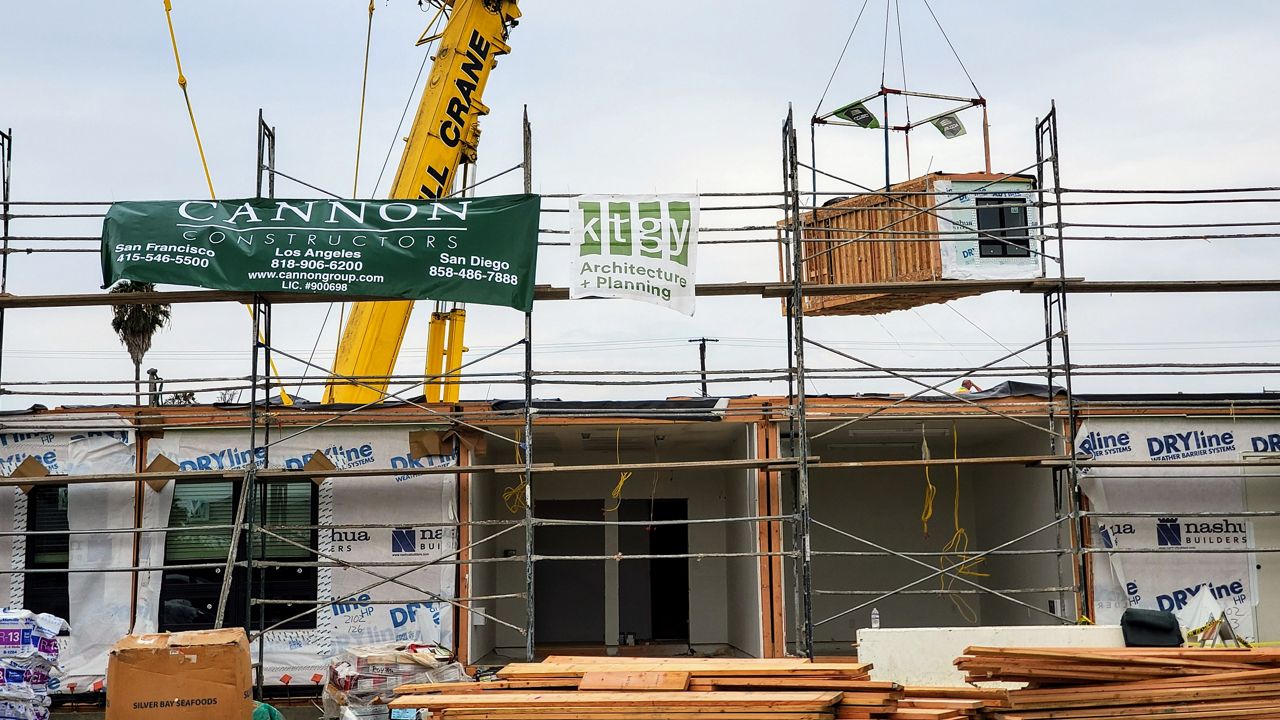LOS ANGELES — The Los Angeles City Council Tuesday instructed staff to report back with a spending plan for an expanded preservation program to protect properties at risk of losing affordability restrictions.
Council members voted 13-0 in support of recommendations to bolster the city's preservation program, with Councilmen Curren Price and Kevin de León absent during the vote.
The Housing Department previously identified 193 properties consisting of 5,929 affordable units, where affordability programs supporting the property are expected to expire Dec. 31, 2027. These properties have historically been categorized as "at-risk."
According to the Housing Department, some properties receive operational funding from the U.S. Department of Housing and Urban Development that mandates sustained affordability, while other properties have built-in renewal options like HUD's PB-Section 8 rental assistance program — serving the elderly and individuals with disabilities — to extend existing affordability.
Other properties fall under the city's rent control laws, regulating increases for rental properties built on or before Oct. 1, 1978. Even when the affordability program expires, tenants in these units would still be protected from significant rent increases.
Of the 193 properties, the Housing Department identified 23 properties, representing about 460 units, that are considered "at-risk, high priority" of losing their affordability restrictions. That designation means the properties with covenants are set to expire in the next five years and there are no protections in place to preserve ongoing affordability.
The remaining properties are categorized as "at-risk, lower priority" — meaning they are not at an imminent risk of losing affordability.
There are two types of preservation efforts, officials said.
The first includes addressing the cost of preserving affordability — paying the difference between the cost to rent at the time of covenant creation and the current market rate rents. Another way is to renovate and address deferred maintenance items, improve accessibility and modernize units.
It would cost the city nearly $166 million to preserve the 23 "at- risk, high priority" properties, a report from the Housing Department stated.
City officials have identified four possible funding sources that could be tapped to expand preservation efforts, including the federal HOME program, the state Permanent Local Housing Allocation (Senate Bill 2), and Linkage Fee funds.
But officials are wary of the state and federal funding sources because there are specific usages if the city were to be awarded the money. For example, HOME funds are currently obligated to the Affordable Housing Managed Pipeline — prioritizing construction of new units.
The fourth funding source, officials say, could be the city's United to House LA Measure ULA has two categories that could cover preservation efforts.
California's Affordable Housing Preservation Notice Law requires property owners intending to exit an affordability program, including subsidy contracts, regulatory agreements or covenants, to provide sufficient advance notice to impacted residents and their local government.
Property owners are expected to file paperwork with the California Department of Housing and Community Development and the Mayor's Office (the designated local government entity).
The Housing Department contracts with a consultant, Coalition of Economic Survival, that conducts outreach and education to residents who live at these at-risk properties. In 2022-23, CES reached out to tenants at 19 properties, representing a total of 487 at-risk units converting to market rate, officials said.
Housing Department staff will work to create a spending plan that identifies the best funding sources for the expansion of the city's preservation program.










